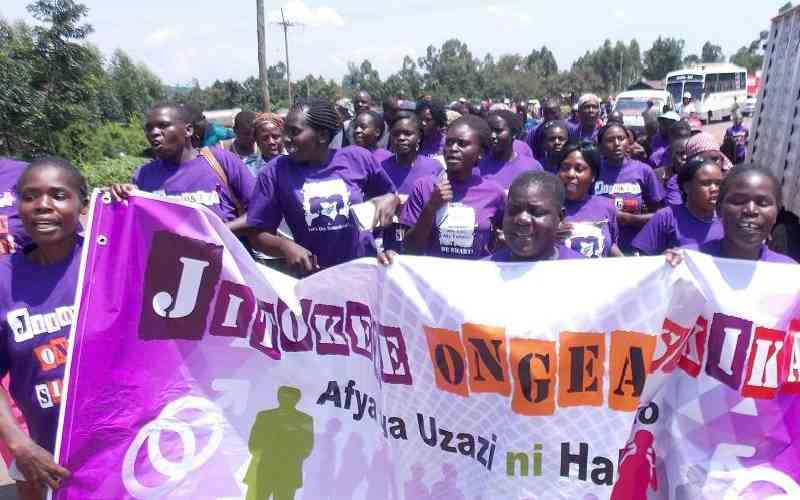
Lack of access to safe abortion due to known barriers remains unacceptably high. Unsafe abortion is a public health concern and according to 2013 findings of the 'Magnitude and incidences of unsafe abortion' study conducted by the Ministry of Health, unsafe abortion in the country is among the highest in Africa.
Maternal mortality is high at about 6,000 deaths per year, 17 per cent of them from complications of unsafe abortion. The study, conducted by the African Population and Health Research Centre in collaboration with the Ministry of Health, Ipas, Guttmacher Institute and other partners estimated that 464,690 induced abortions were conducted in Kenya in 2012, corresponding to an induced abortion rate of 48 abortions per 1,000 women of reproductive age (15-49 years), and an induced abortion ratio of 30 abortions per 100 births.